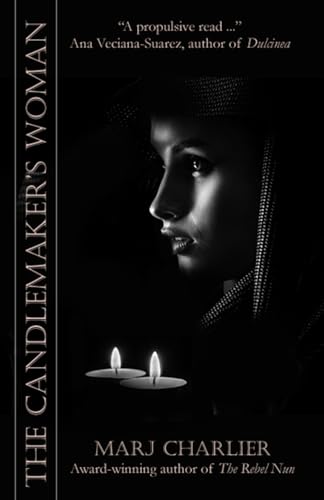The Candlemaker’s Woman
Marj Charlier’s The Candlemaker’s Woman provides a nuanced portrayal of a 5th century CE “barbarian” tribe pushing into the disintegrating Roman Empire. Barely pubescent Melia is sold by her parents as the price for safe passage into Gaul (modern France). Now “owned” by a brutal candlemaker, Melia endures unceasing sexual assault and emotional battery, yet becomes expert in candle making, develops friendships with other slaves in her community on the fringes of the Roman Empire, and meets Reggie, a brewmaster-slave she could love.
When her own Suevi tribe crosses the frozen Rhine on Christmas Eve, 406 CE, the longed-for reunion launches a hard odyssey with its own brutalities as her people search for refuge in a devastated landscape. Now legally free, Melia must build her own identity as an independent woman, survive the abuses of her own people, and prove her worth in a misogynist world.
Charlier’s tale is a page-turner, a vivid picture which questions the typical barbarian vs. civilized Rome narrative. In this unflinching description of the slave trade, sensitive readers can see the plight of modern victims. Anti-Slavery International (antislavery.org) estimates that nearly 50 million people now live in conditions of slavery similar to Melia’s, including forced labor, forced marriage and sexual trafficking. One quarter are children. A map of 5th-century Europe would have been helpful. Readers may want to find one to follow Melia’s difficult journey to home, inner strength, and sustaining love.










